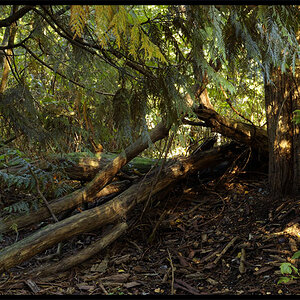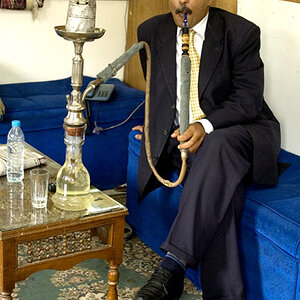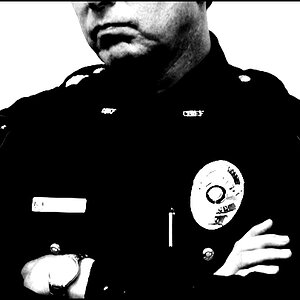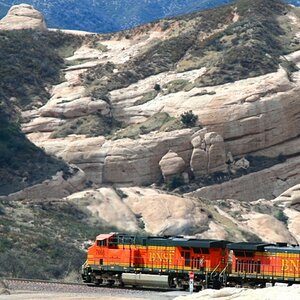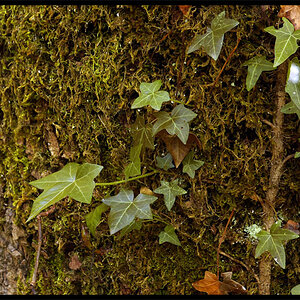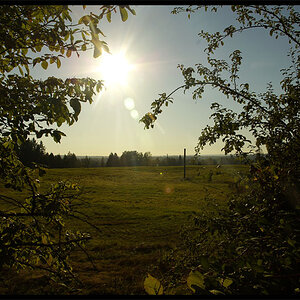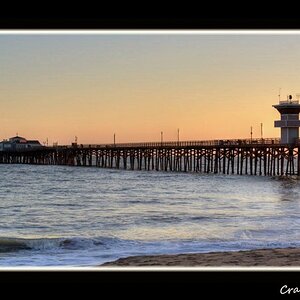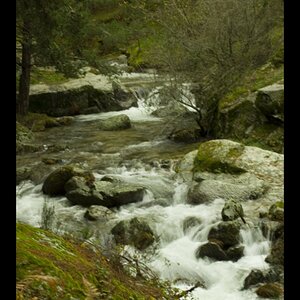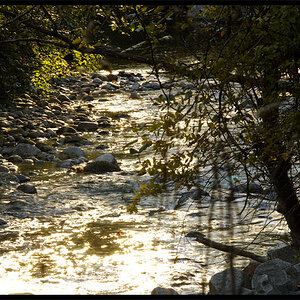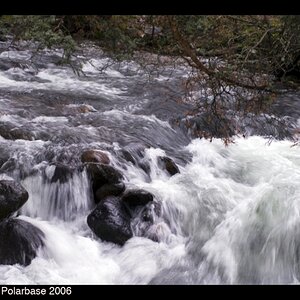PhotoHobbyist
No longer a newbie, moving up!
- Joined
- Jan 18, 2021
- Messages
- 135
- Reaction score
- 395
- Location
- Georgia, USA
- Can others edit my Photos
- Photos NOT OK to edit
Saw a youtube video showing that film cameras have far better dynamic range than today's digital cameras.
They still use high speed film cameras to capture rocket launches for engineering purposes because of that.
I was surprised. Is this the case in ordinary cameras too?
They still use high speed film cameras to capture rocket launches for engineering purposes because of that.
I was surprised. Is this the case in ordinary cameras too?



